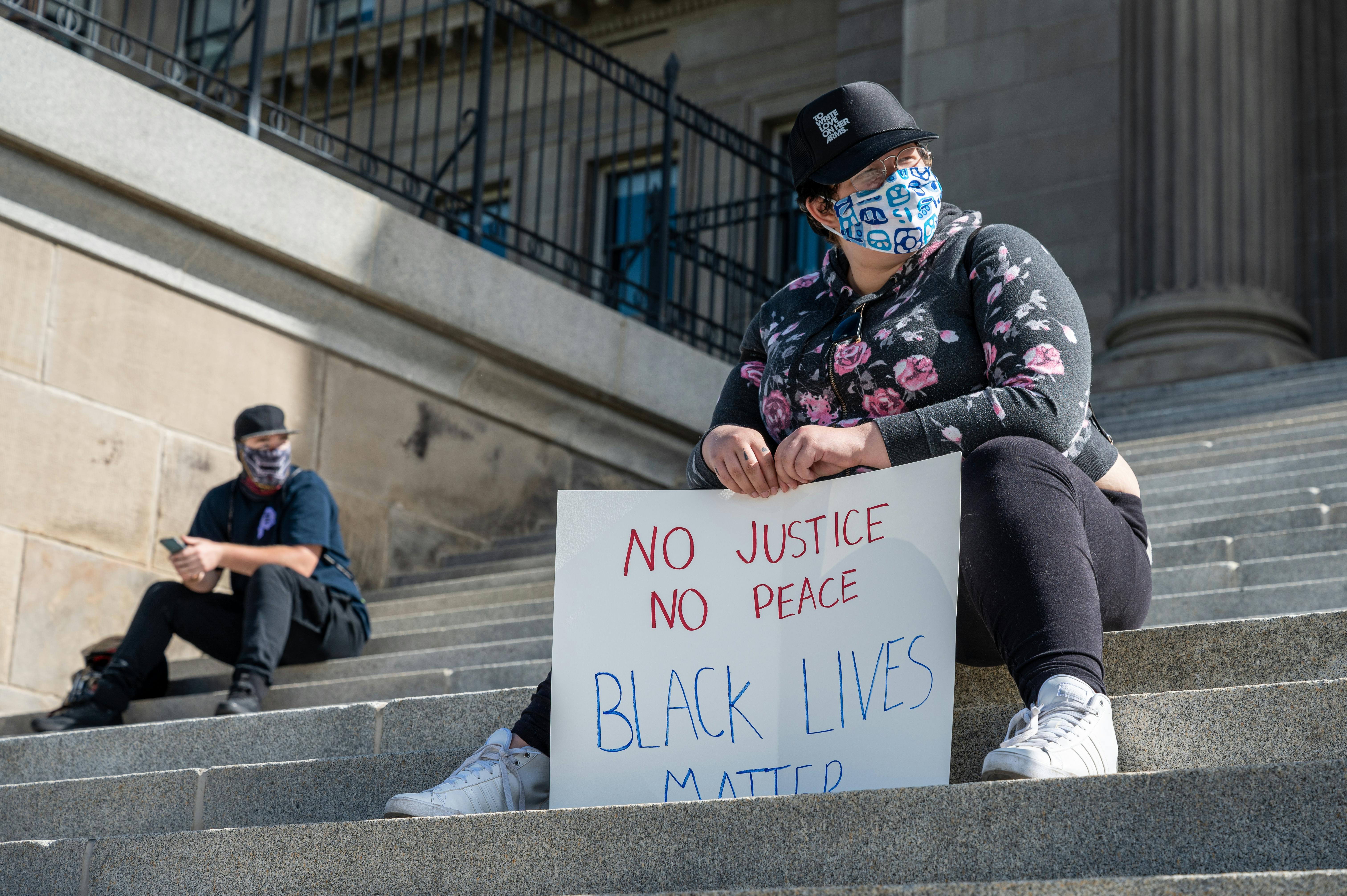The descent into the underworld is a mytheme of comparative mythology found in a diverse number of religions around the world, including Christianity. The hero or deity of the upper world travels to the underworld or land of the dead and returns, often with a quest item or loved one, or with elevated knowledge. The ability to enter the realm of the undead and return is proof of the classic hero’s exceptional status as something more than mortal.
Virgil, the greatest of all Roman poets, modeled his masterpiece, The Aeneid (30-19 BC), on the ancient Greek epics, the Iliad and the Odyssey, written by Homer. For his part, Aristophanes (448-385 BC), an Athenian playwright, is considered one of the greatest comedy writers in literary history. Las ranas is one of his masterpieces. The wit of the plot, the incidental extravagances, the fresh and sparkling wit, the delicate literary criticism, the sweet bursts of lyrical song, and the matchless bits of parody make The Frogs of Aristophanes the greatest literary satire in any language. The Aeneid is divided into different books. Of these, Book VI is very significant because it tells of the underworld that Aeneas, the Trojan hero, visits and experiences after the fall of Troy. However, the story of Aristophanes’ The Frogs can be related to that of Virgil’s Aeneid (Book VI) in terms of the journey to the underworld, especially in terms of theme, characters, places, description of the underworld, etc.
The initial part of these two trips can be compared. Before embarking on the journey to the Underworld, Aeneas, the Trojan hero, visited the Sibyl of Cumae. She in her prophetic vision told Aeneas that very soon she would have to fight a battle in Latium. It was Sibyl who ordered Aeneas to tear off the Golden Branch. Aeneas was escorted by her to Hades through the cave of Averno. They came to the River Styx, on one side of which they could see the ghosts of the unburied dead. In The Frogs we see that Dionysus, the patron god of drama as the hero of the play, begins the journey to the underworld accompanying his slave Xanthias. Unsure of the best way to enter the underworld and always shaky in his courage, he devises an ingenious plan. He will don the costume of Heracles, who in the last and most spectacular of his famous labors forced his way into the realm of Hades and stole Hell’s watchdog, the three-headed hound Cerberus. Dionysus figures that if Hades’ guards see “Heracles” coming again, they will all run away and let him in without a fight. However, disguised in a lion’s skin and full mace, like Heracles and accompanied by his slave Xanthias with baggage, he sets out on his perilous journey. If we compare The Frogs with The Aeneid, we see that Dionysus acts as a hero in The Frogs who is actually a god (god of drama) while Aeneas; a human being plays the role of a hero in The Aeneid. The Golden Branch which has a magical effect to save one from any danger can be compared to the lion skin dress worn by Dionysus.
The main purpose of his journey to the underworld is to get instructions on how to build (Aeneid) or save the country (The Frogs) from the dead who were great in his life. We can see that in both trips there is the presence of Charon, who is the old boatman who transported the souls of the dead across a river that separated the world of the living from the world of the dead and took them to the gates of the underworld. In both pieces, the protagonists have to ask Charon to take them across the river Styx (Aeneid), which is also called Lake Acheron (The Frogs), and the river is the same for both trips, albeit with different names. In Aeneid we can see that Aeneid is suggested about the precondition and procedures of Hellenus’ journey. Similarly, Heracles suggests Dionysus, who is his half-brother.
On both trips the protagonists meet many souls, ghosts, ugly creatures. Cerberus, a monstrous dog is found on both trips. Cerberus, a three-headed dog with a dragon tail that guards the entrance to the nether world, or Hades. The monster allowed all the spirits to enter Hades, but did not allow any to leave. The Sibyl who sets the tone and stays with Aeneas as a traveling companion can be compared to both Heracles (of whom Dionysus gives suggestions before embarking on the journey) and Xanthias. Xanthias is a comic figure who works as a servant to Dionysus. Sibyl is a female prophet who guided the Trojan prince Aeneas through the underworld to visit her father Anchises and her role in the journey was very remarkable because without her prophecy and assistance.
The experiences accumulated by Aeneas and Dionysus on their journey to hell are not the same. But in both The Frogs and The Aeneid, Hell is described as dark and muddy, ugly, and full of dangerous creatures never seen before. Aeneas’ experience on the journey is more bitter than Dionysus’ experience. In the epic Aeneid, the journey to the underworld has a serious purpose and in the other writings we can find that throughout the comedy the seriousness is absent and is replaced by humor, irony and witty comments. Many comical incidents can be found throughout the journey made by Dionysus such as Dionysus’s slave disguise and Xanthius’s master disguise that is made out of fear of Dionysus of Empusa.
We can see that in Aeneid, the hero Aeneas acts bravely and remains determined and confident throughout the Journey. On the other hand, in Las ranas the hero Dionysus is cowardly, selfish, carnal, not very manly and throughout the trip to Hades. In Frogs we observe that the chorus is present throughout the trip and in The Aeneid there is no chorus. We can find that Aeneas is prophesied to establish the Roman empire and descend into Hades to meet his dead father Anchises for suggestions on what to do. But in the case of the frogs there is no prophecy about the trip to the underworld of Dionysus.
A striking difference between the journeys of these two pieces is the difference in the treatment of nature in the description of the two journeys. In the Aeneid we can find an elaborate description of the environment and natural setting of Hades. For example, there is a description of Dis with shadow and light like a forest on a moonlit night. On the other hand, there is no such description in the frogs of the trip made by Dionysus. Another important difference is that in the description of the trip made by Aeneas there is an elaborate description of the creatures that Aeneas faces. I Aeneid Charon is described as an old man who has the vigor of forever young with a fiery red beard. We can find the presence of song and dance in the journey of Dionysus in the frogs but there is no such element in the journey that Aeneas makes in the Aeneid.
Although The Frogs and Eneid are different types of literary works, some similarities between these two pieces are noticeable regarding the journey to the underworld. In The Frogs the situation was very funny and satirical but in The Aeneid it was serious. Indeed, it is the patriotic zeal that is common in both pieces.



